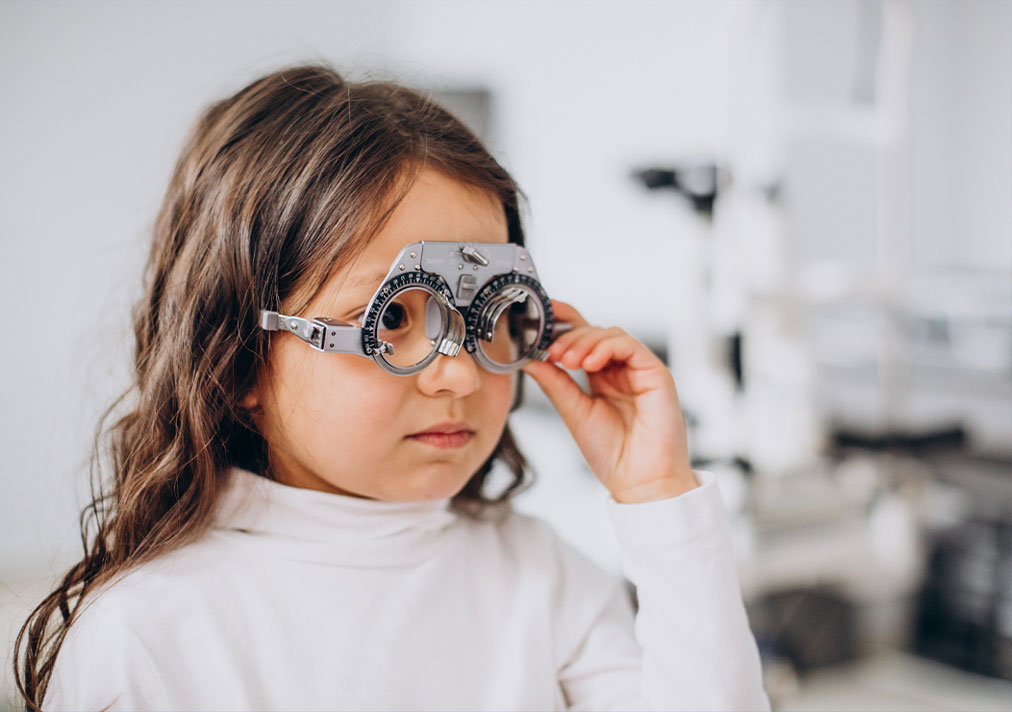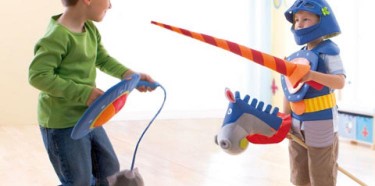Choosing the right toys for eye safety is a concern for every parent.
Children are born with an underdeveloped visual system that grows with them. As part of the normal infant vision development, newborns can see objects only up close, and toddlers and preschoolers commonly are farsighted. Also, some school-age children need eyeglasses.
Throughout their growing years, children are visually stimulated. Nothing stimulates a child’s vision more easily than a toy.
Keep in mind that most childhood accidents occur at home, many with toys. Children spend a great deal of time playing with their toys, so you need to make sure those toys are safe for overall health as well as eye safety.
Usually, when toys are not safe, it’s because they are not age-appropriate for the child.
How to Size Up Toys
Hand-in-hand with age appropriateness is making sure the toy is developmentally appropriate. Smaller pieces can be found in toys labeled for children age 3 and up. If your 4-year-old stills likes to put things in her mouth, these toys are not developmentally appropriate for her.
Blocks are safe for almost all ages, but make sure the corners and edges are blunted, to reduce the risk of eye injury. These are Peek-a-Blocks, by Fisher-Price.
Toy size also is important. If a toy is large enough not to fit into a child’s mouth but can be manipulated into a smaller size, but the toy away until your child is older.
Make sure your child’s toys are sturdily constructed so they won’t break or fall apart with reasonable play and double-check that any paints or finishes are non-toxic and not likely to peel or flake off.
Stuffed, plush toys should be machine washable, and, for younger children, made without tiny pieces to pull off, such as buttons or ribbons.
Avoid toys with sharp or rough edges or pieces. Make sure long-handled toys — such as a pony stick, broom or vacuum — have rounded handles, and closely supervise toddlers with such toys.
MORE ON WHAT TOYS TO AVOID
Avoid toys that shoot objects in the air — such as slingshots, dart guns, or arrows — for children under 6, and closely supervise any child playing with such toys. If your older child plays with a chemistry set or woodworking tools, provide him or her with safety goggles.
When shopping for the holidays, birthdays or other special occasions, pay special attention to the age or developmental recommendations on toys. Such recommendations are there for a reason. Many parents, grandparents or well-meaning friends think a toy is “neat” or “looks fun to play with,” when for safety reasons such toys should not be offered to a child of a certain age.
Also Read- Here’s why contact lenses are your best bet




